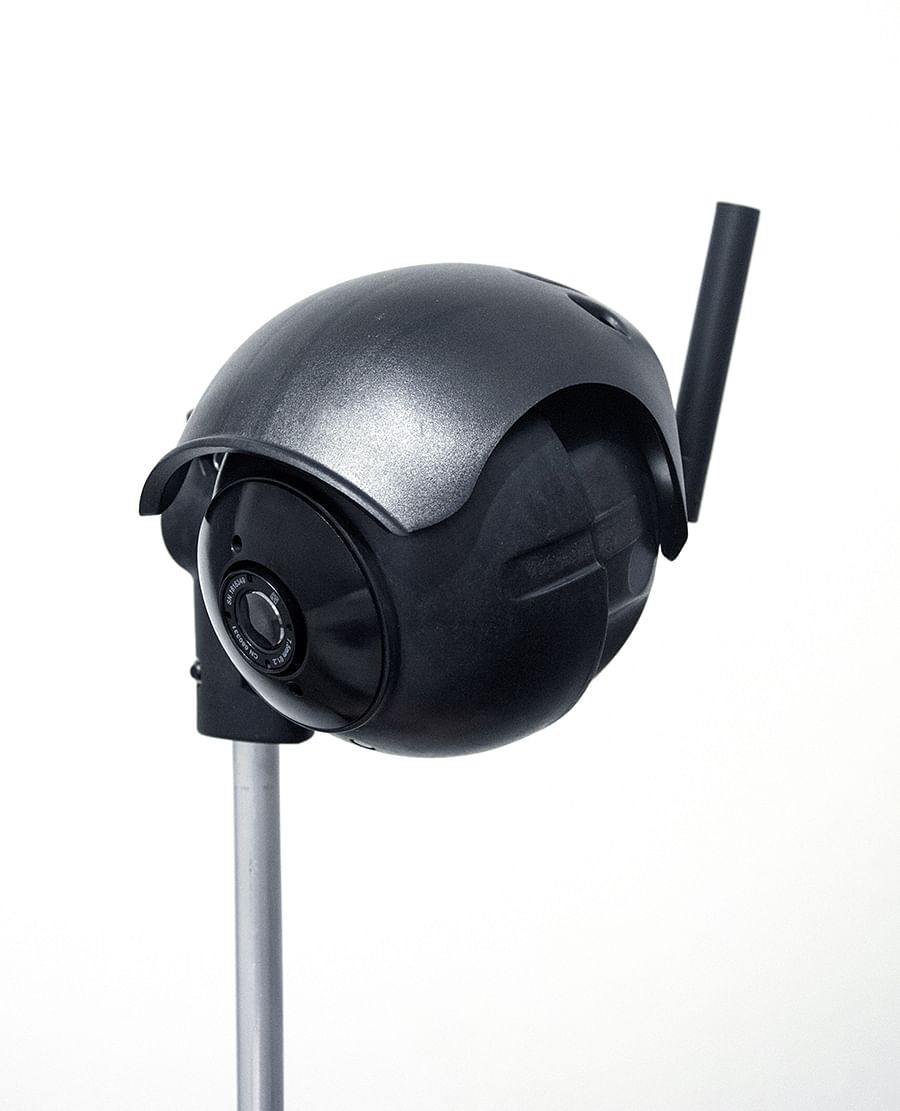New thermal traffic sensor to help make roads safer
The FLIR ThermiCam V2X mounts on existing traffic signals and detects vehicles, pedestrians, and bicyclists at intersections using thermal imaging data.
FLIR Systems of the US has launched a thermal traffic sensor for the emerging vehicle-to-everything (V2X) technology market. The sensor allows vehicles and traffic infrastructure to communicate and share data in a system and aims to improve the motorist’s, pedestrian’s and bicyclist’s safety and efficiency.
V2X technology is an emerging crash avoidance system that relies on the communication of information between nearby vehicles and traffic infrastructure to warn drivers about potentially dangerous situations.
In a V2X system, both the vehicles and infrastructure have communication units installed to transmit information. The FLIR ThermiCam V2X mounts on existing traffic signals and detects vehicles, pedestrians, and bicyclists at intersections using thermal imaging data. Utilising dedicated short-range communications (DSRC) technology, vehicles transmit real-time speed and direction data, while the ThermiCam V2X communicates the presence of pedestrians and bicyclists, along with data from other vehicles.

The ThermiCam V2X can prioritise traffic signalling at busy intersections and arterial roads for emergency and public transport vehicles, ultimately improving traffic flow and safety for all drivers. Also, because the ThermiCam connects with existing city traffic systems, city traffic planners can future-proof traffic infrastructure and avoid major investments in retrofitting technology.
RELATED ARTICLES
Volvo Cars signs recycled steel supply pact with SSAB
The recycled steel will be used in selected components of the forthcoming, fully electric EX60 SUV, as well as other car...
Schaeffler and NVIDIA ink technology collaboration to advance digital manufacturing
Using NVIDIA Omniverse, Schaeffler is expanding its production elements, which will be integrated and simulated as digit...
BMW Group to industrialise Virtual Factory, slash production planning costs
What once required several weeks of real-world modifications and testing can now be precisely simulated in the BMW Group...





 By Autocar Professional Bureau
By Autocar Professional Bureau
 22 Mar 2018
22 Mar 2018
 3891 Views
3891 Views









